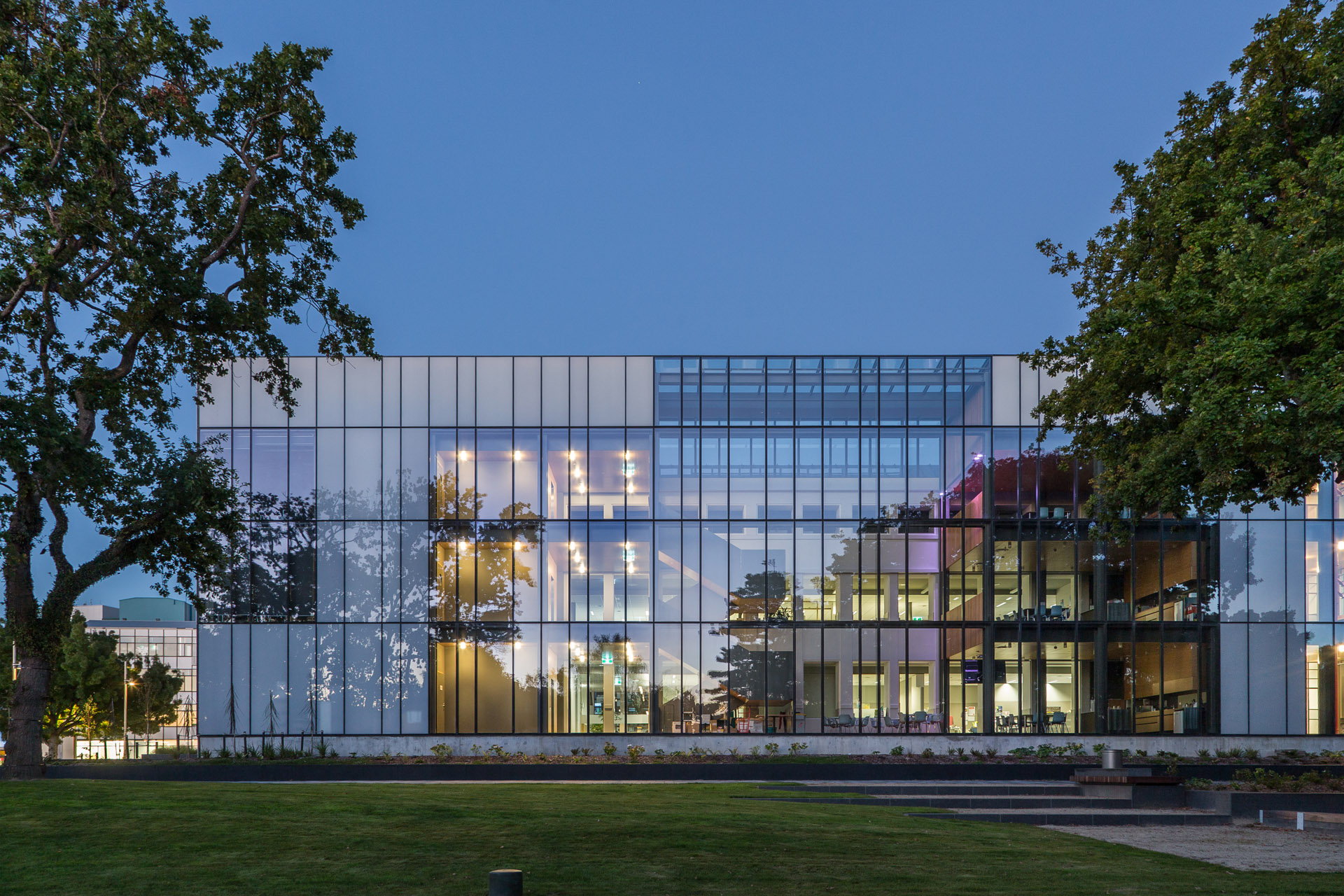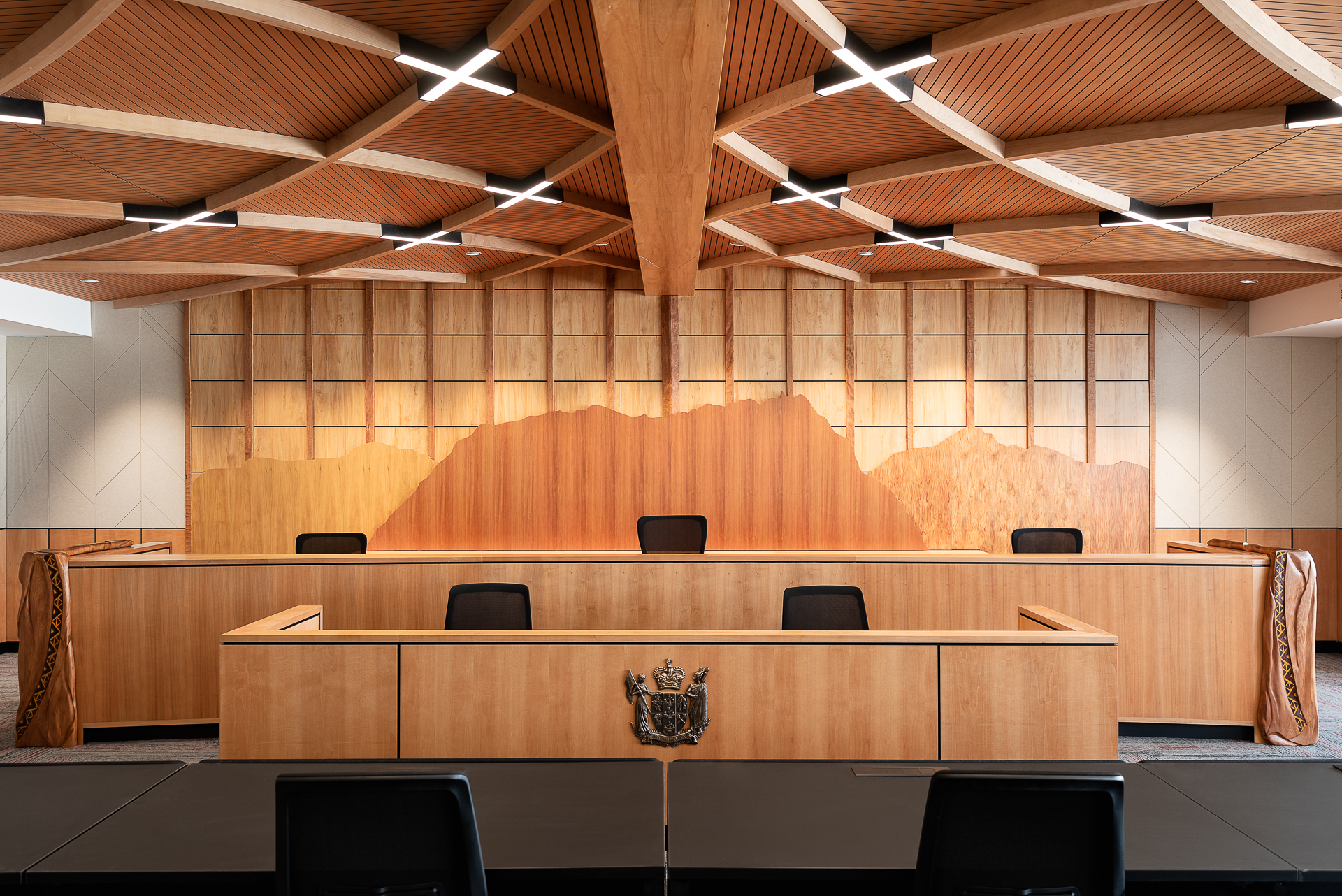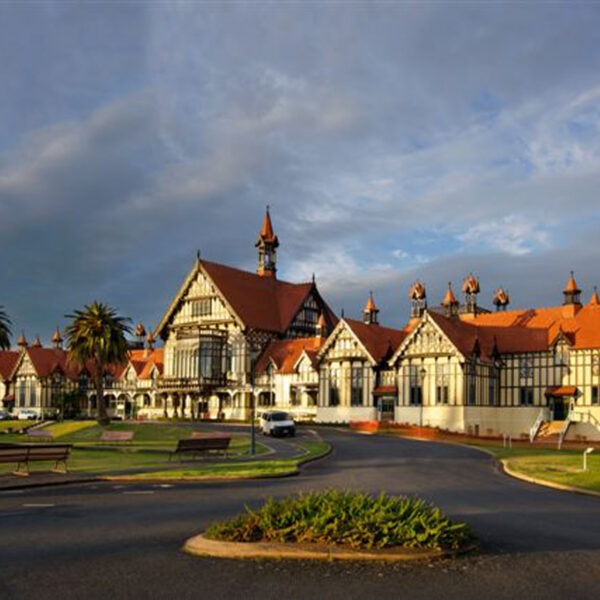Rotorua Museum of Art and History
The Bath House, which today houses Rotorua Museum of Art and History Te Whare Taonga o Te Arawa, was originally a famous geothermal spa which offered therapeutic treatments to visitors from all over the world.
Opened in 1908 by Rear-Admiral Sperry of the American Great White Fleet, the Bath House represents the New Zealand Government’s first major investment in the tourism industry. It is a NZHPT Category 1 building.
The South Wing, the focus of Stage III of the Museum’s Centennial Projects, was the most incomplete section of the building. This wing was made up of inferior structures built in 1911 and 1983. Some of these additions were not in keeping with the original intentions of the building’s design and other parts were in poor condition. The demolition was a precise and revealing process.
As the dismantling progressed, consultants were able to explore and assess areas of the Bath House not previously accessible.Great care also had to be taken to ensure that features of the building to be retained were not damaged.
A significant part of the Stage III project was the underpinning of the existing building. Whilst largely unseen, this process was vital to strengthen and stabilise the aging Bath House and the thermal ground it stands on.
Careful planning and consideration to maintaining access to a full range of exhibitions meant there was minimal disruption to the visitor experience.
Stage III provided an extra 1,260 m² of floor space including two new galleries for temporary exhibitions to provide an enhanced museum experience.
The final section of the refurbishment opened to the public on 2 September 2011 completing the project to its original design.
Awards
- 2012 Property Council of New Zealand Property Industry Awards – Heritage and Adaptive Reuse, Excellence









